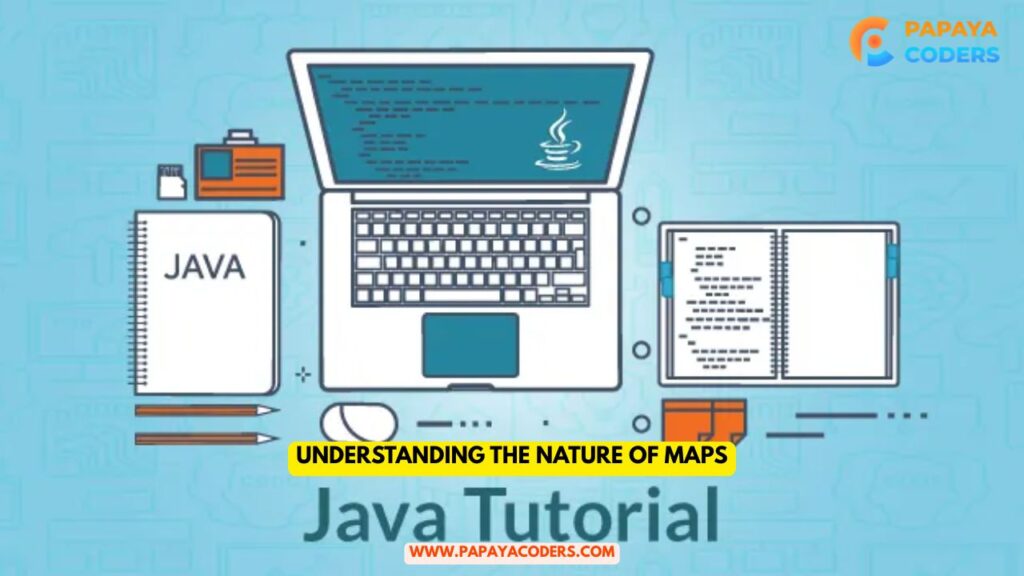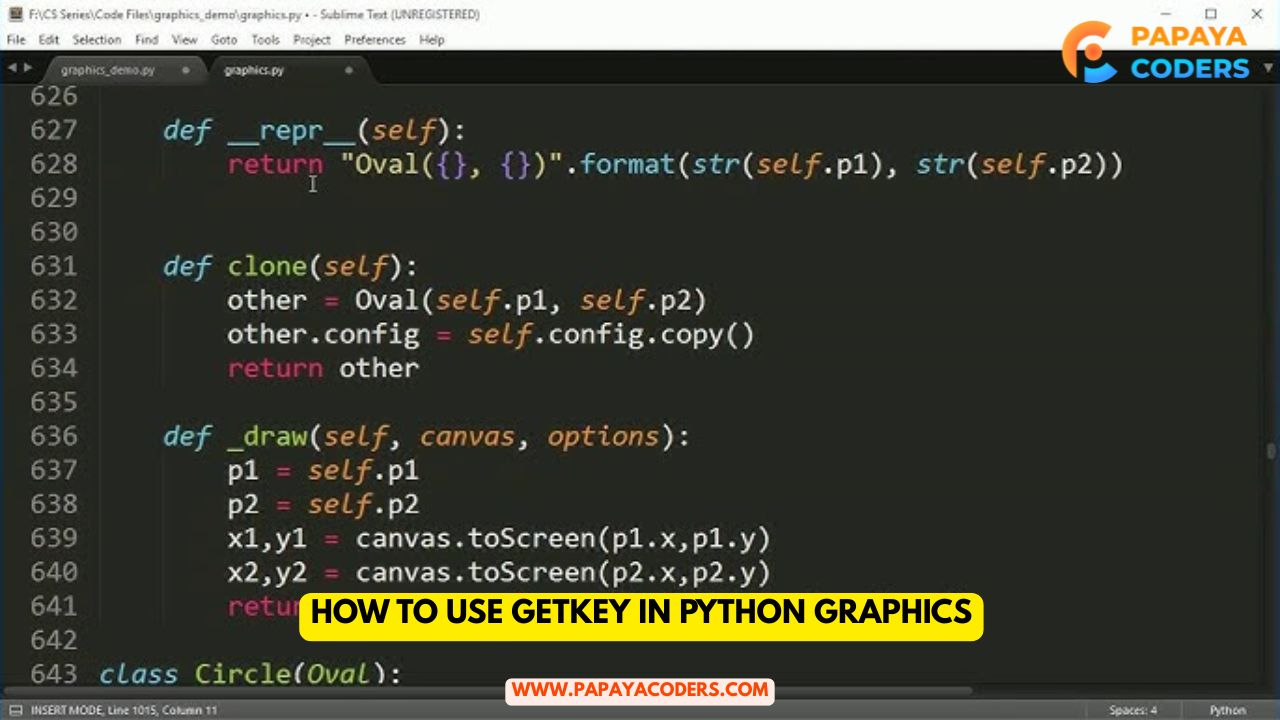Java’s Map Interface is a core element of the Collections Framework and is basically used for the storage of key-value pairs. However, Maps, unlike lists or arrays, are not naturally sequential, which means that they do not keep elements under a certain index.
This feature of Maps allows one to quickly get a value by its key, but it is a little bit complicated to find the “position” or index of a key or a value in a Map. We will look at the ways of finding the index of the elements of a Map in Java in this article.
Understanding the Nature of Maps
Maps are meant to be accessed via keys, not positions. Java offers various types of Maps:
- HashMap: It provides fast access but does not ensure any order of the stored elements. Elements are saved according to the hash of the key.
- LinkedHashMap: This Map keeps the order of the entry insertions, thus making it easier to find the relative positions.
- TreeMap: It keeps entries sorted either naturally by keys or through a comparator provided by the user.
Because of these features, Maps are not provided with built-in indexes as lists or arrays are. Hence, obtaining the index of a key or a value calls for a workaround solution.

Iterative Approach
One direct way to get the index of a key or a value is to go through the Map and, at the same time, keep track of the count. For order-preserving Maps like LinkedHashMap, results from this method are stable. Every entry is checked one after another, and the counter is increased until the target key or value is found.
This method is very straightforward and user-friendly; nevertheless, it might be quite slow if the Map is very large because it has to run through each entry sequentially. But in most cases, this method is trustworthy and can be easily applied.
Converting Keys or Values to a List
One more good method is to take the keys or values of a Map and create a List from them. After that, finding the place of a key or a value is done by using the List’s inherent searching tools. This method is tremendously helpful when numerous index lookups are performed because one can repeatedly query without going through the Map every time.
The conversion keeps the order of Maps that are insertion-preserving, such as LinkedHashMap, and thus it becomes easier to use the index-based logic.
Finding Index by Value
In a lot of cases, developers want to know the position of a certain value rather than that of a key. And since values can be the same, it is necessary to specify whether only the first occurrence or all occurrences are to be returned.
Just like in the case of keys, this usually means going through the Map’s entries one by one and comparing each value until the right one is found. Although it is a reliable way, it may require a lot of time if the Map is large and has many entries.
Using Java Streams
Streams are a contemporary way to solve such problems as finding the index of keys or values introduced by Java 8 and later versions. They permit one to carry out the operations on entries in a functional manner, pick the needed one through a filter, and get its position.
Although the method is elegant and brief, it can sometimes be slow if, under the cover, it creates temporary collections for very large Maps. In any case, streams are fully compatible with functional programming style and thus are the most desirable choice for modern Java applications.
Important Considerations
1. Order is Important: When you want to have definite index values, choose a Map kind that keeps the order, e.g., LinkedHashMap. Using a HashMap for this task may give you different results each time, as its order is random.
2. Efficiency: Iteration and conversion operations are of linear time complexity. They work well for small and medium-sized Maps, but you should think of the performance side of the issue if you have very large datasets.
3. Multiple Identical Values: If you are looking up by value, some keys that have the same value may be multiple. You must decide if you want to find only the first occurrence or return all the matching indices.
Read also:-
- What is the function of a Digital Marketing Strategist? Roles and advantages for businesses
- Transform Your Home’s Water Management with the iSwitch PC108: A Smart Wi‑Fi Water‑Level Controller
Conclusion:- Java Map Index
Though Maps in Java are not natively indexed like arrays or lists, programmers can still figure out the location of keys or values through different methods, such as looping, turning them into lists, or using Streams. Identifying what kind of Map you have and how it behaves in terms of ordering is very important if you want to get the same results every time.
By applying these tactics, Java programmers have the opportunity to combine the advantages of key-based access with the possibility of positional operations, thereby making Maps a very handy instrument for their various programming tasks.







